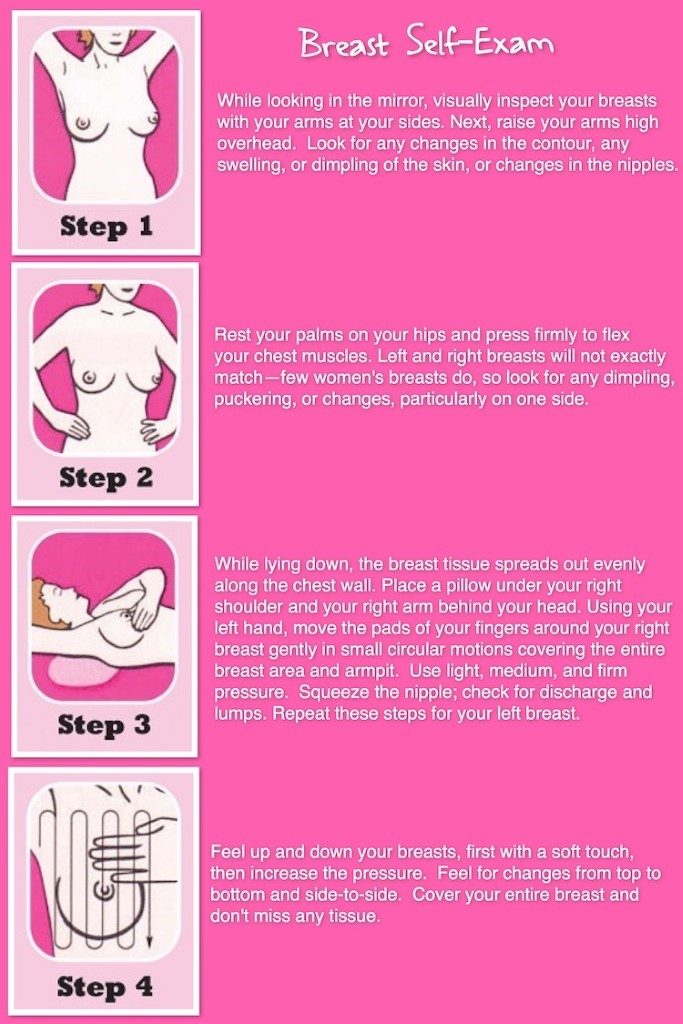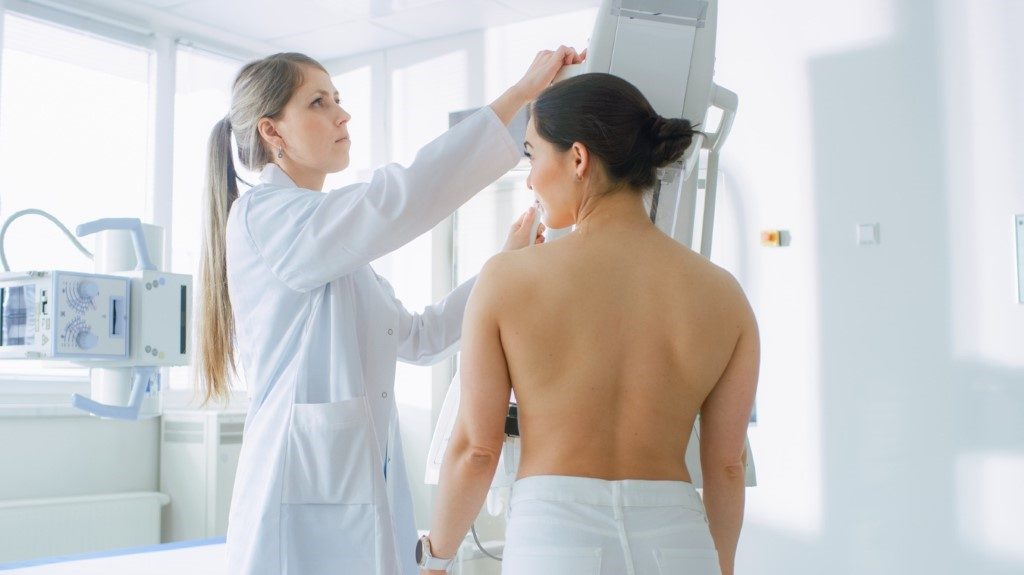October is Breast Cancer Awareness Month.
Breast Cancer Awareness month is a worldwide annual campaign that takes place during the month of October, involving thousands of organizations, to highlight the importance of breast awareness, education, and research.
According to the Centers for Disease Control and Prevention (CDC), breast cancer is the second most common cancer among women in the United States.
- In 2019, an estimated 268,600 new cases of invasive breast cancer will be diagnosed in women in the U.S. as well as 62,930 new cases of non-invasive (in situ) breast cancer.
- Men also get breast cancer, but it is not very common. Less than 1% of reported breast cancer occurs in men.
- Most breast cancers are found in women who are 50 years old or older; but breast cancer also affects younger women. About 10% of all new cases of breast cancer in the United States are found in women younger than 45 years of age.
On this blog our mission is share vital information about this disease.
Known Risk Factors
Women with certain risk factors are more likely than others to develop breast cancer. A risk factor is something that may increase the chance of getting a disease. Some risk factors (such as drinking alcohol or smoking cigarettes) can be avoided. But most risk factors (such as having a family history of breast cancer) can’t be avoided. Having a risk factor does not mean that a woman will get breast cancer. Many women who have risk factors never develop breast cancer.

Detecting Breast Cancer Earlier
Breast cancer may not be 100% preventable, but you can take three important steps to help detect it earlier.
Step One: Be Aware of Potential Symptoms
Step one is being aware of potential breast-cancer symptoms. If you have any of the symptoms listed below, contact your healthcare provider promptly; chances are good that cancer is not the cause, but it’s worth your time to make an appointment if you notice:
- unusual nipple tenderness;
- changes in areola, nipple, or breast-skin texture, including enlarged pores, pitting, or reddened scaling;
- a lump in/near the breast or underarm;
- any unexplained change in the size or shape of a breast;
- swelling of the breast, particularly if on only one side;
- decrease in breast size, especially if just one breast is impacted;
- a nipple that has turned slightly inward or become inverted;
- Skin of the breast, areola, or nipple has become scaly, red, or swollen; also may have ridges or pitting resembling the skin of an orange;
- nipple discharges, particularly if they’re clear or bloody.

Step Two: Self-Exam
A woman’s next line of defense is performing monthly breast self-exams:
- In the shower – Move the pads of your fingers in a circular pattern from the outside to the center of each breast and armpit area. If a lump, thickening, or a hard knot is detected, contact your healthcare provider.
- In front of a mirror – Visually inspect your breasts, first with arms at your sides, then raised overhead. Keep an eye out for changes in breast as well as nipple shape, swelling, and skin dimpling; pay particular attention to changes occurring in just one breast.
- Lying down – With a pillow under your right shoulder and your right arm behind your head, move the finger pads on your left hand in a circular motion over the entirety of your right breast and armpit area; gently squeeze the nipple to test for discharge. Follow the same steps on your left breast.

Step Three: Mammogram and Clinical Exam
Women’s most effective early detection weapons are regularly scheduled mammogram screenings and clinical breast exams.
Mammograms often can uncover a breast lump before it can be felt. They also can point to potential abnormal cells. Current guidelines are:
- Women 40 and older should have mammograms every one or two years.
- Women who are younger than 40, and have breast-cancer-risk factors, should ask their healthcare professional how often they should have a mammogram.
A clinical breast exam is performed by a healthcare professional trained to recognize breast abnormalities. Most often, this exam is conducted by your primary care physician or gynecologist as part of an annual assessment.

October is the ideal month for women to empower themselves and take proactive steps to preserve their breast health.
Share the knowledge!




